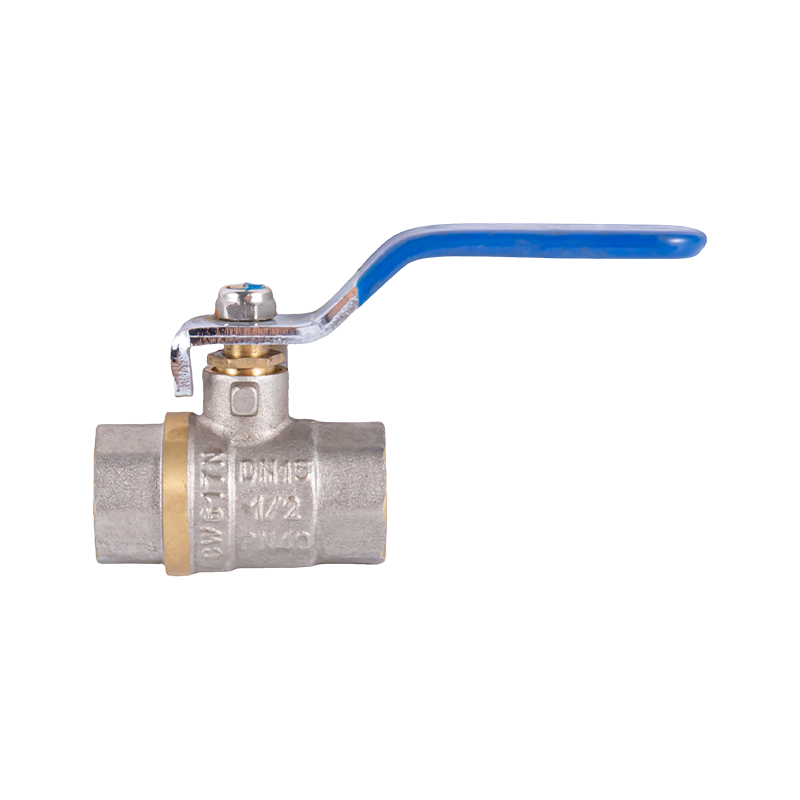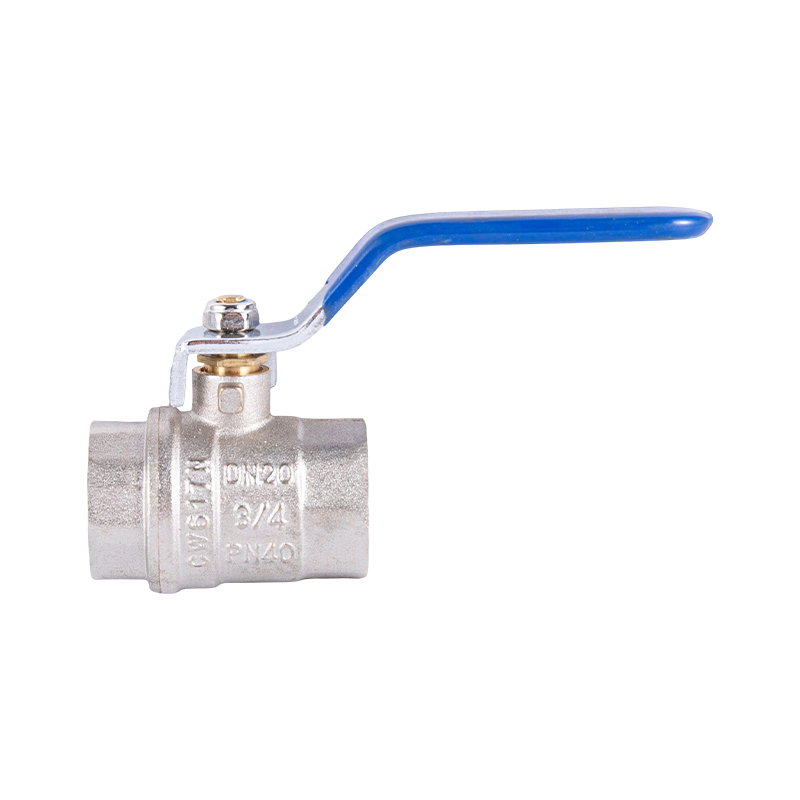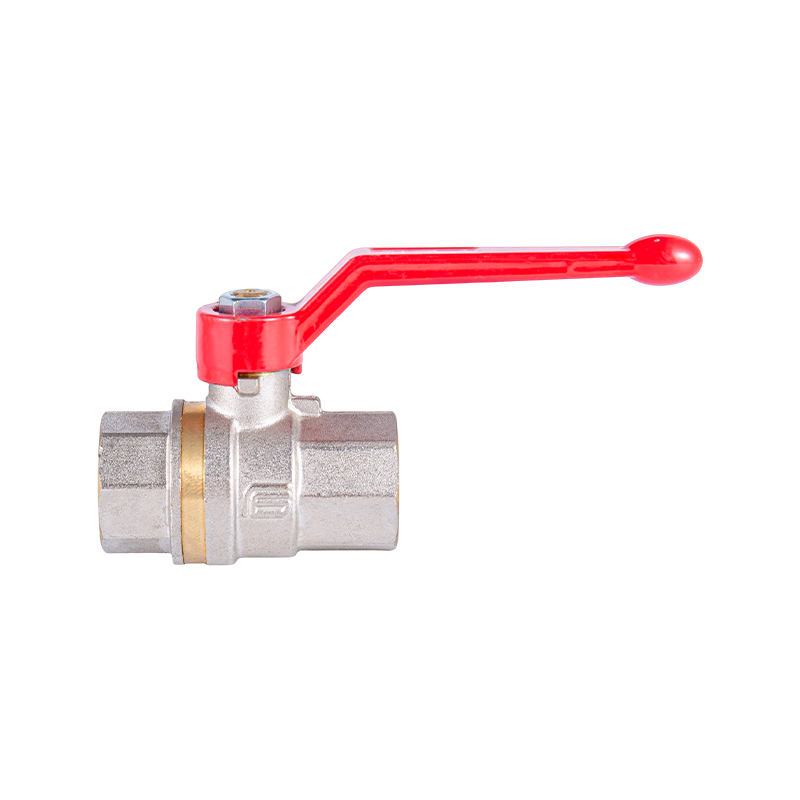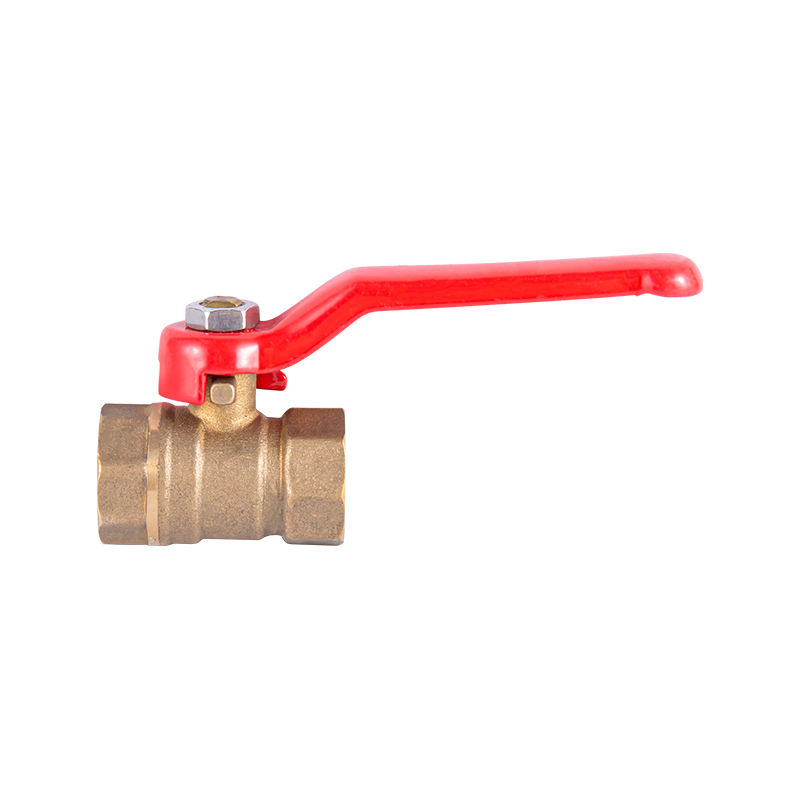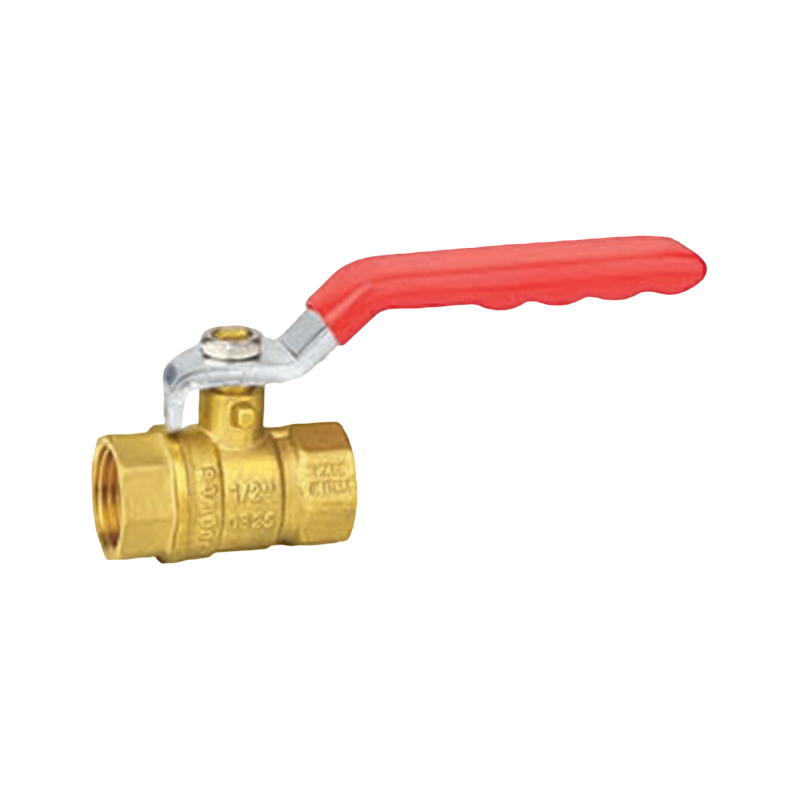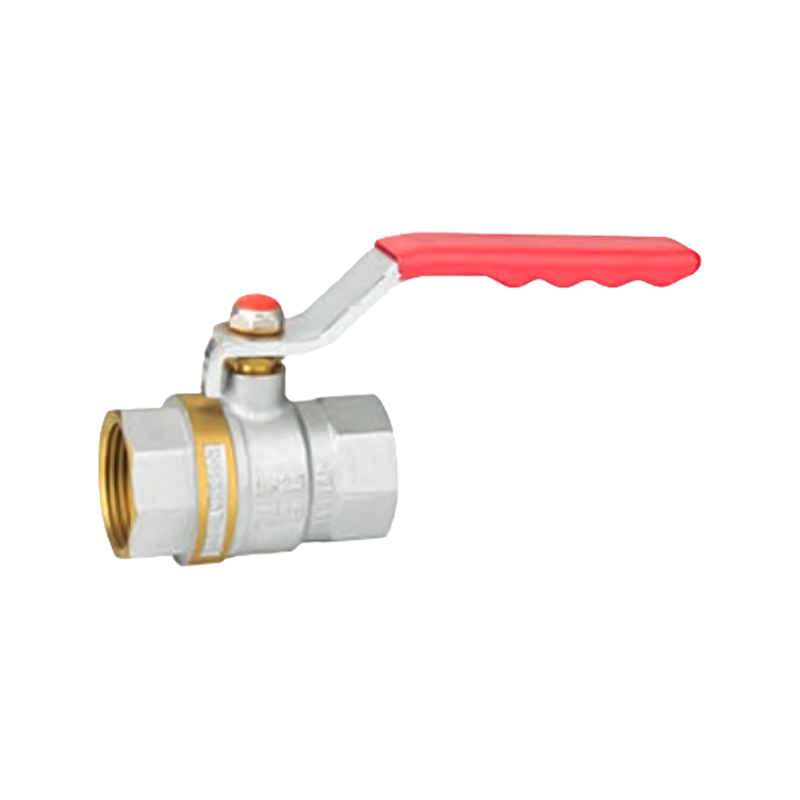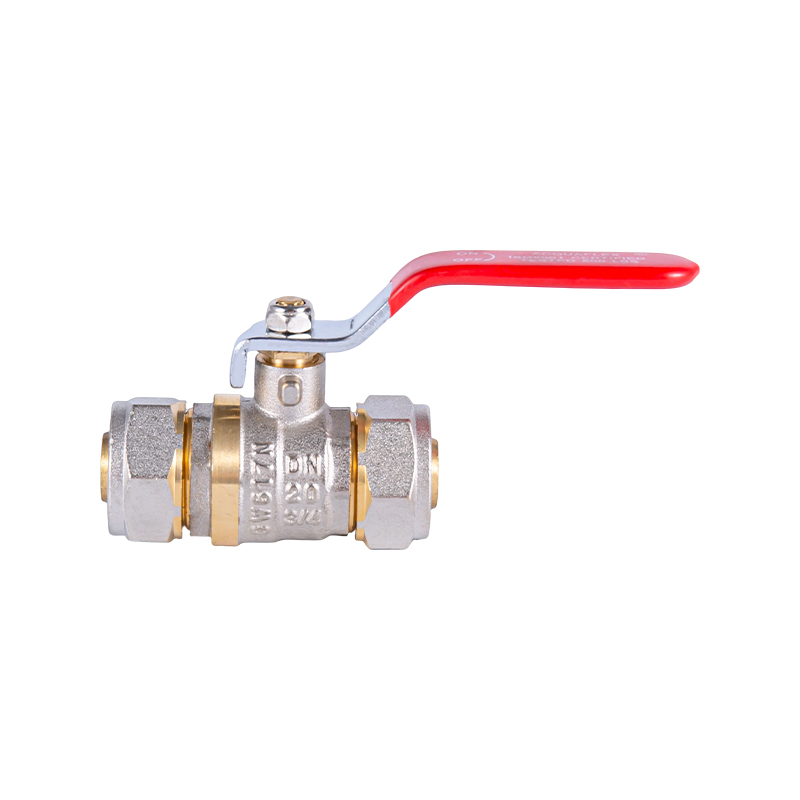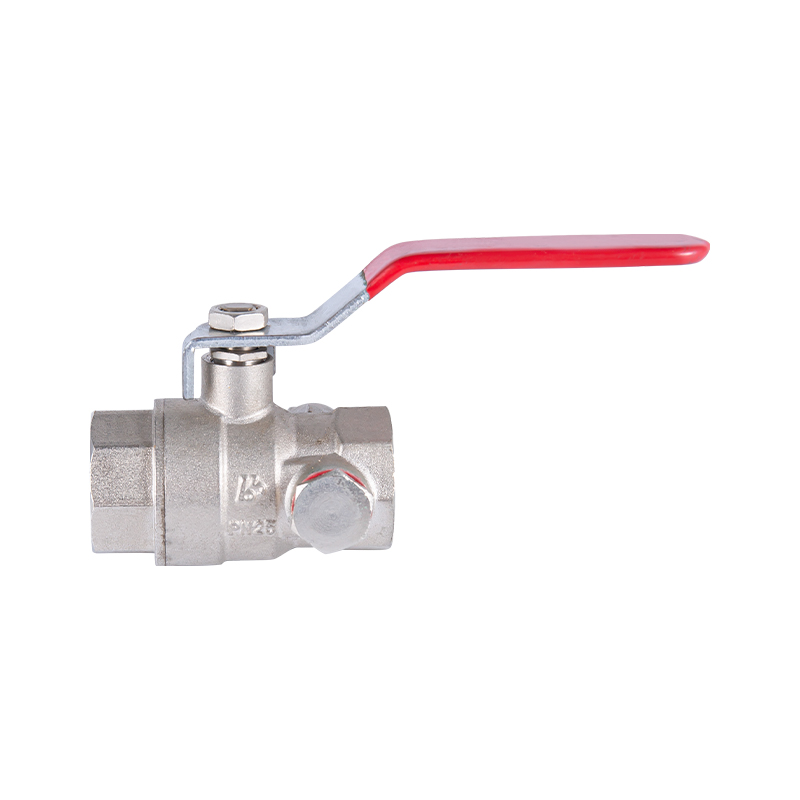Mini Valve Technology Enhances Precision In Fluid Systems
In the world of fluid systems, achieving precise control over the flow of liquids or gases is essential for both efficiency and safety. Mini valves, which offer smaller, more compact designs compared to traditional valve types, have become increasingly important in industries ranging from pharmaceuticals to automotive engineering. These valves, when paired with advanced check in valve technology, are improving how systems regulate the movement of fluids, ensuring high precision and reliability.
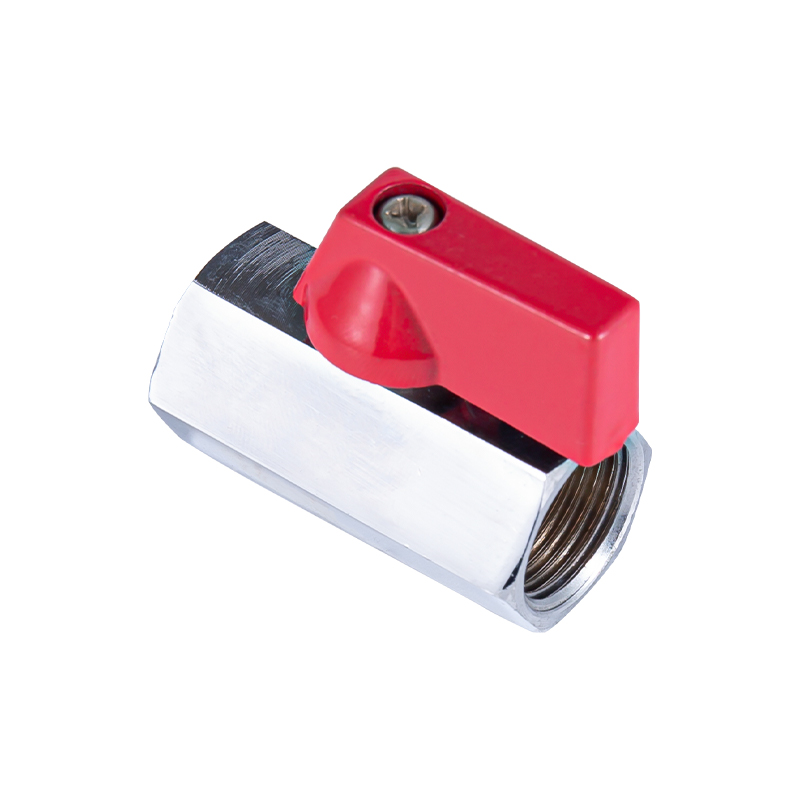
The Role of Mini Valves in Fluid Control
Mini valves are designed to handle fluid flow in systems where space is limited but accuracy is paramount. These valves typically control the flow of water, air, and other gases, making them crucial components in smaller, more intricate systems. One of the primary advantages of mini valves is their ability to provide precise adjustments in flow rates, which is particularly important in sensitive applications like medical devices, laboratories, and micro-manufacturing processes. Their compact size makes them ideal for use in tight spaces, where traditional valves might not fit.
The precision that mini valves offer is not just a matter of size. These valves are engineered to provide fine control over fluid flow, reducing the risk of overflows or unwanted pressure buildups in the system. The integration of check-in valve technology further enhances this precision by ensuring that fluid flow is not interrupted and remains stable under varying conditions. This combination of mini valve and check-in valve technologies ensures that fluid systems run smoothly, avoiding costly errors or downtime.
Check-in Valves: Enhancing Fluid Control Systems
A check-in valve is a type of valve that allows fluid to flow in one direction only, preventing backflow and ensuring that the system maintains the desired pressure levels. This function is especially valuable in systems where pressure and flow must remain constant to prevent damage to equipment or contamination of the system. In systems that use mini valves, check-in valves play a critical role in ensuring that the fluid doesn't flow backwards, which could disrupt the overall process and advance to inefficiencies or even system failure.
When paired with mini valves, check-in valves provide an extra layer of protection and reliability. The smaller size of mini valves does not compromise their ability to integrate with check-in valves; instead, the synergy between the two technologies ensures a more reliable and responsive system. For example, in applications where precise measurements of fluid are required, such as in dosing systems for pharmaceutical production, the use of both mini and check-in valves can guarantee that the exact amount of liquid is dispensed without the risk of backflow contaminating the system.
Mini Valve and Check-in Valve Synergy in Various Industries
The benefits of mini and check-in valves are felt across various industries. In healthcare, where even the small deviation in fluid flow could advance to complications, these valves help maintain the delicate balance needed for devices such as infusion pumps and oxygen delivery systems. Their ability to work in tandem ensures that the right amount of fluid is delivered, and the risk of backflow contamination is lessd.
In the automotive industry, mini valves are used to control fluid flow in systems such as air conditioning, fuel lines, and engine cooling. Check-in valves help maintain the integrity of these systems by preventing reverse fluid flow that could cause damage or inefficiencies. With tighter regulatory standards on vehicle emissions and fuel efficiency, mini valves, along with check-in valves, are becoming essential for meeting these demands.
Challenges and Future Trends
Despite the many benefits that mini and check-in valves offer, there are still challenges in their implementation. The compact size of mini valves means that they must be carefully engineered to handle high pressures and flow rates without compromising performance. Additionally, as industries evolve and demand for more efficient and precise fluid control grows, the development of new materials and designs for mini and check-in valves will be critical to meeting these challenges.
One of the lots of significant trends in the industry is the increasing push towards automation and remote monitoring of fluid systems. Mini and check-in valves will likely play a more prominent role in these systems, with sensors and digital controllers enabling more precise and efficient fluid flow management. The integration of IoT technology into valve systems could provide real-time data on performance and efficiency, allowing for predictive maintenance and further reducing the risk of failure.
-
Feedback


 English
English 中文简体
中文简体 русский
русский Email us now!
Email us now!
